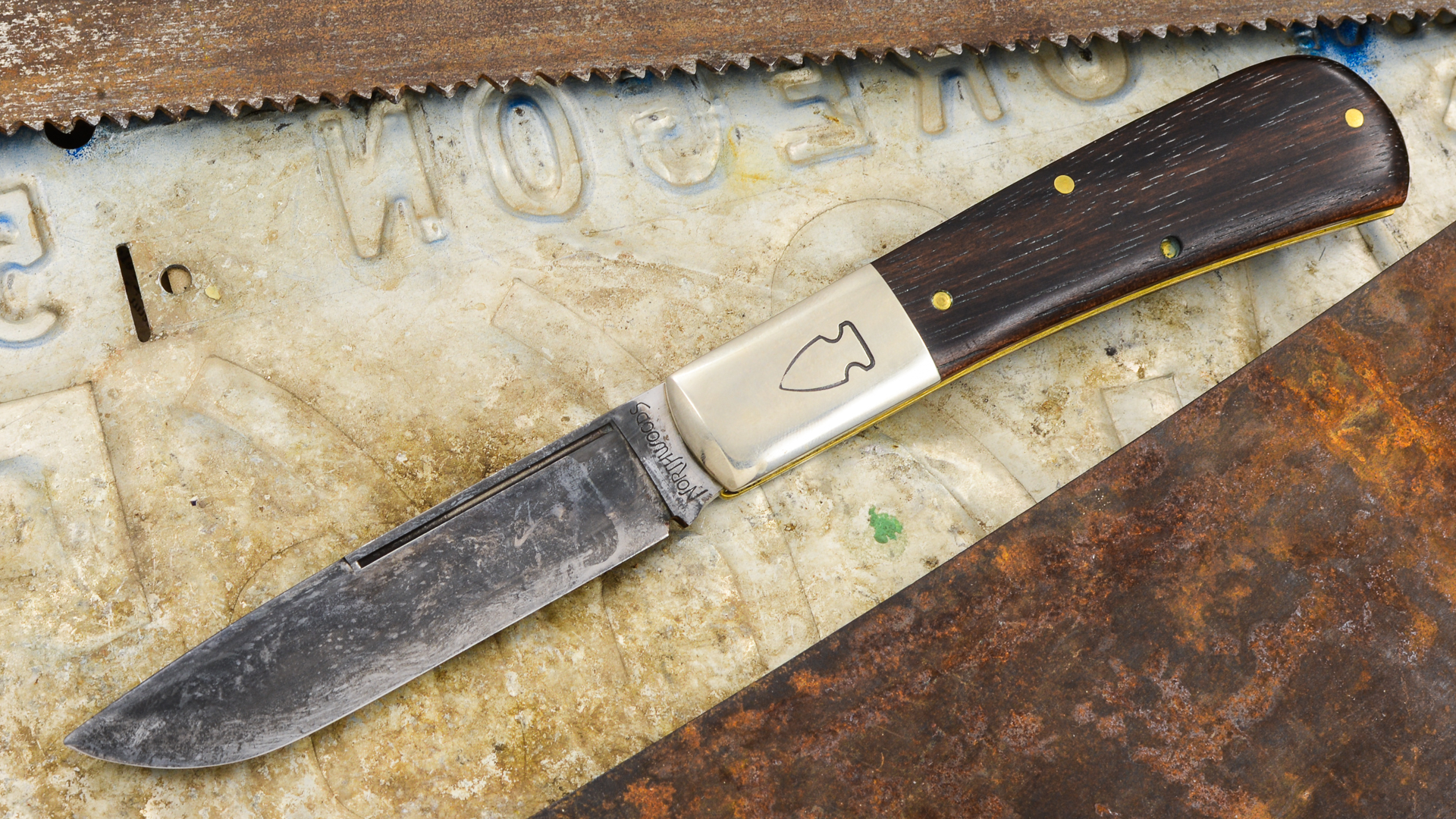FAQ: "What is tool steel?"
8th Jan 2015
Question: "What is tool steel?"
Tool steel is a term that refers to high carbon alloys that are optimal for use in tools, particularly where a high edge retention, resistance to abrasion and deformation are needed. As with all steels, choosing the right steel for the job isimportant. Tool steel is categorized into six classes:

- water-hardening
- cold-work
- shock-resisting
- high-speed
- hot-work
- special purpose
Water-Hardening: As the name suggests, water-hardening tool steels require a rapid quench, aggressive quench in water in order to achieve their potential. Essentially a plain carbon steel, water-hardening tool steels can vary in carbon content, usually from .6% to 1.25% carbon. With a high carbon content, water-hardening tool steel can attain a high edge hardness (<=66 HRC)
Cold-Work: Ideal for working or forming applications in cold environments (<795℉), these steels possess high hardenability and wear resistance, making them great, inexpensive and widely available cutlery steels. Cold-work tool steel is categorized into three sub-sets:
a) Air-Hardening: A balance of hardness and wear-resitance, air-hardening tool steels harden in air and do not require a water or oil quench in order to achieve their potential - (A2)
b) High carbon-chromium: Containing 10% to 13% chromium content, high carbon-chromium steel is considered stainless or semi-stainless, however their corrosion resistance is limited. High carbon-chromium steel retain their hardness in temperatures up to 795℉ (425℃) - (D2)
c) Oil-Hardening: Requires a slow oil quench in order to control and decrease distortions and warping - (O1)
Shock-Resisting: A relatively low carbon content is required to achieve the necessary toughness (approximately .5% C) in order to resist shock, even at both low and high temperatures. Shock steels display very high impact toughness, but relatively low abrasion resistance. Even with their relatively low carbon content, shock-resisting steels can still achieve relatively high hardness (~56-58 Rockwell C) - (L6)
High-Speed Steel: Ideal for applications where strength and hardness must be retained at temperatures exceeding 1,400℉ (760℃) - (M2 / M4)
Hot-Working Steel: Used to cut or shape materials at high temperatures, hot-working steels were developed for strength and hardness during prolonged exposure to excessively hot temperatures. Because of their intended application these steels do not make ideal cutlery steels.
Special Purpose: Tool steel developed for special purposes:
a) P-Type: Mold steel with a low hardness (<40 HRC), high toughness, and high machinability
b) L-Type: Low alloy special purpose steel
c) F-Type: Wear resistant water hardened steel
Ultimately, the most important aspect of the steel isn't the inherent chemical composition or how it performs on paper, but the heat-treat and how those attributes are achieved. Stay tuned for more information on tool steel!

